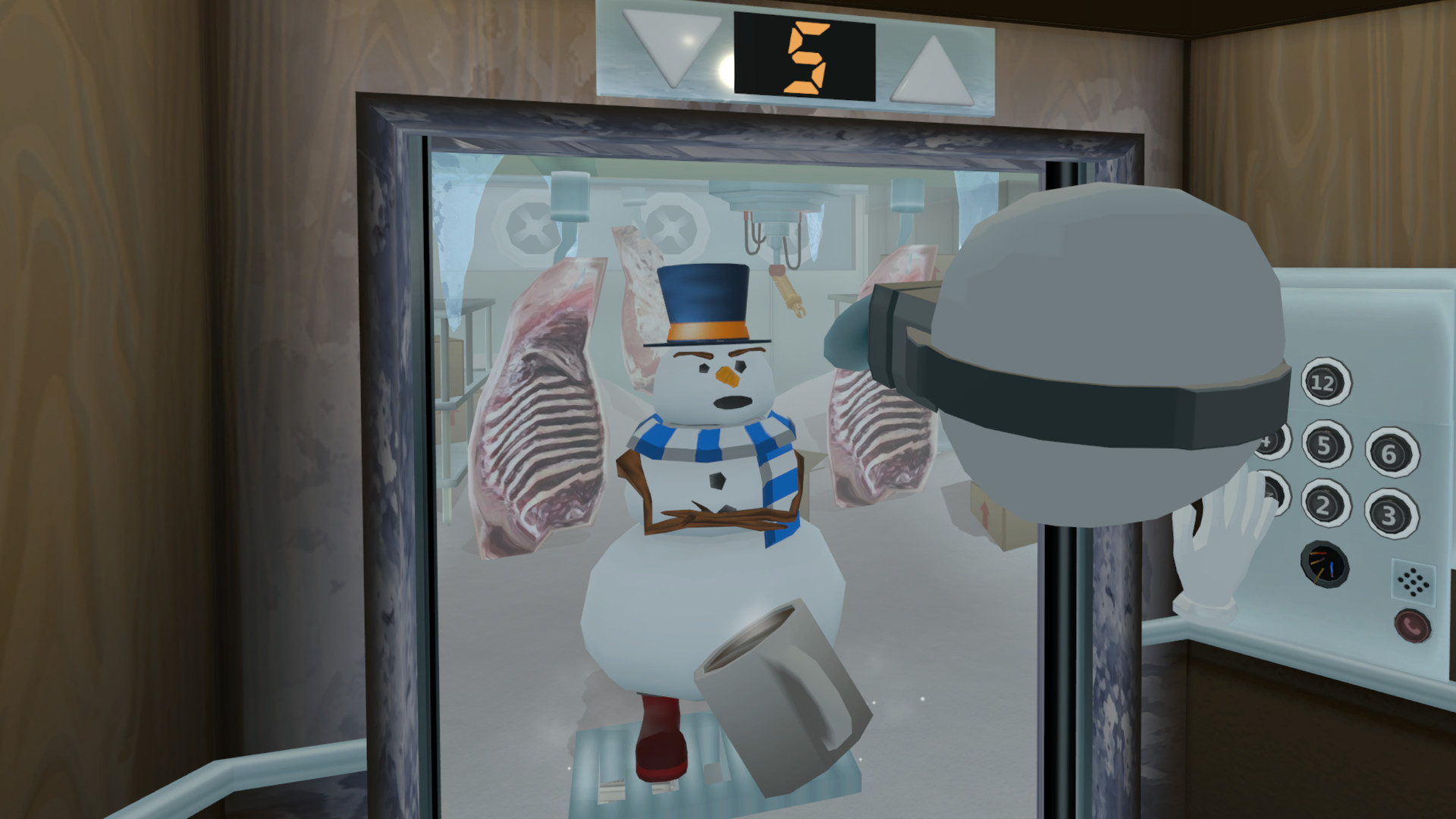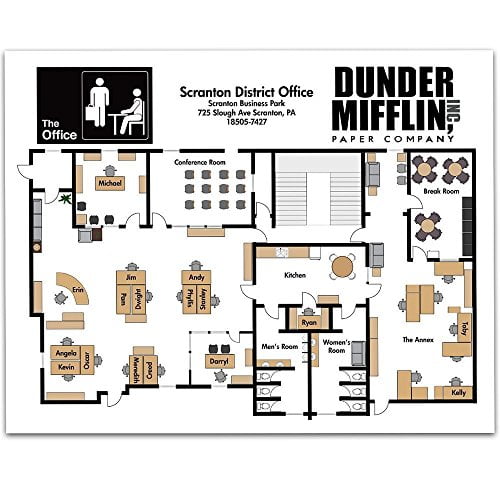

When hand-tracking first became available, I quickly prototyped experimental support for the feature and released it in a demo on SideQuest as it seemed like hand-tracking could make for a very intuitive way of playing the game. One instance where I realized I was over-scoping was with my plans to support hand-tracking in the initial release of the game. The lack of gravity in Cubism allows for more complex puzzle shapes.Īdjusting scope is something that will inevitably happen throughout development as well. The prototype was pretty bare bones, but playable, and was enough for me to test the concept with friends and colleagues and to share the idea with strangers online to see if a game like this could spark interest. I built the first functional prototype for Cubism over a weekend back in 2017. The first questions you need to answer when starting any new game is: “is this fun?” and “could this have an audience?” A good way to answer these questions is to build a vertical slice-a small but fully playable segment of your game idea-as soon as possible, and put it in front of strangers to gauge their reaction. In this article, I want to share some lessons I learned on how to stay on track when bootstrapping your first VR game. I’ve only recently transitioned into working part-time for the game in the months leading up to its release.īootstrapping your first game alongside a full-time job can be a good way to allow for a flexible development schedule and reduce financial risk-but I think it’s only feasible if you design around your limitations and don’t over-scope your game. I developed Cubism on my own in my spare time, all while keeping my job as lead product engineer at Resolve, a Brooklyn-based enterprise VR start-up.


It was my first commercial release as a game developer. In September I launched Cubism, a minimal VR puzzle game about assembling colorful blocks into complex geometric shapes. Although his original background is in architecture, his current work in VR spans from indie games like Cubism to enterprise software for architects and engineers like Resolve. Thomas is a Belgian-Brazilian VR developer currently based in Brussels. We reached to Van Bouwel to learn more about his approach to the project and lessons learned along the way. Designed by a solo indie developer Thomas Van Bouwel as a side project, the game impressively holds the highest user rating among all Quest apps with more than 100 reviews, according to our latest ranking. Recently released on the Quest store, Cubism is a spatial puzzle game with a slick minimal presentation.


 0 kommentar(er)
0 kommentar(er)
